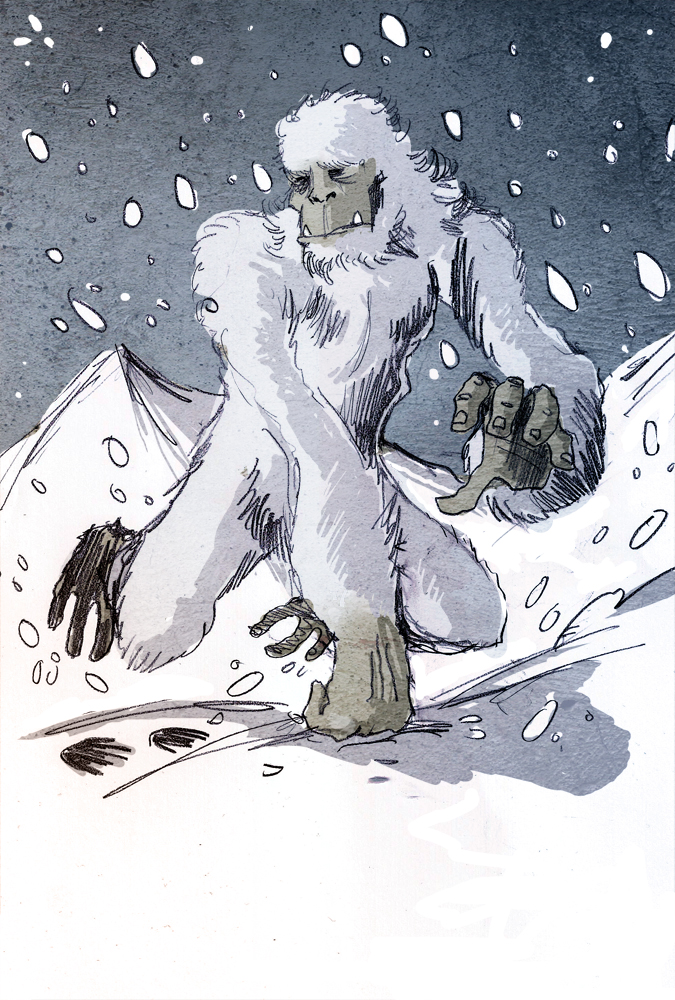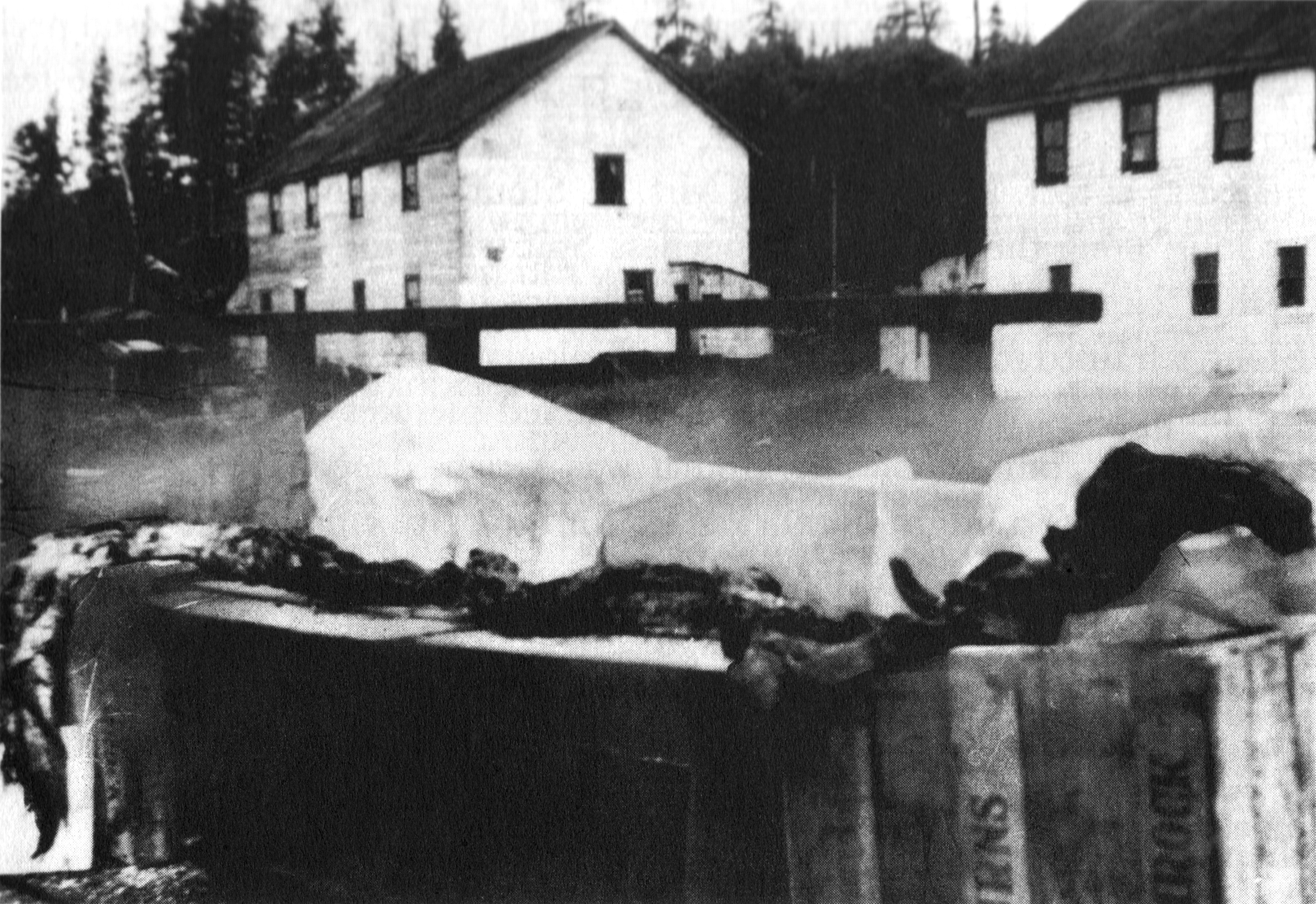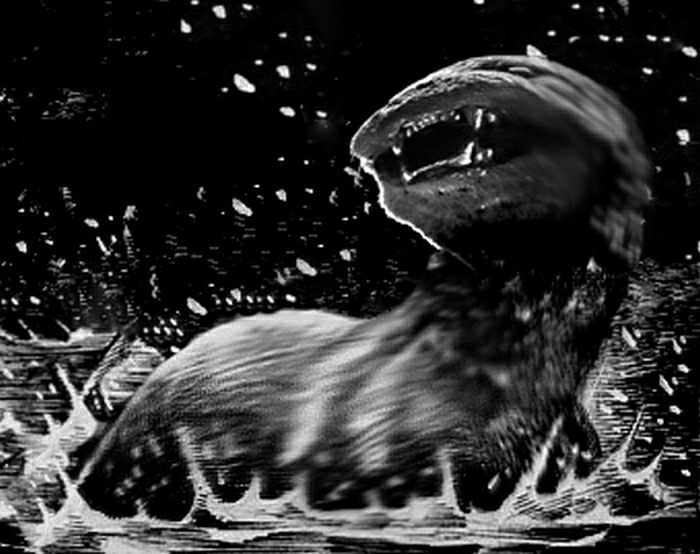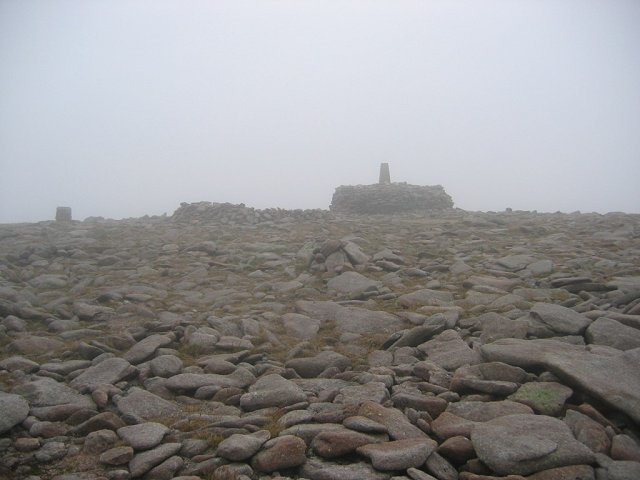|
Barmanou
The Barmanou (or Barmanu or Baddmanus), a bipedal humanoid primate cryptid which allegedly inhabits the mountainous region of northern Pakistan. Shepherds living in the mountains have reported sightings. The Barmanou is the Pakistani equivalent of the Bigfoot. The term ''Barmanou'' originating in Khowar, but now used in several Pakistani languages including Urdu, Shina, Pashto and Kashmiri. In addition to the name ''Barmanou'' there are a few local variant names as well. The proposed range of the Barmanou covers the Chitral and Karakoram Ranges, between the Pamirs and the Himalaya. This places the Barmanou between the ranges of two more-famous cryptids, the Almas of Central Asia and the Yeti of the Himalayas. The Barmanou allegedly possesses both human and apelike characteristics and has a reputation for abducting women and attempting to mate with them. It is also reported to wear animal skins upon its back and head. The Barmanou appears in the folklore of the Northern Re ... [...More Info...] [...Related Items...] OR: [Wikipedia] [Google] [Baidu] |
Yeti
The Yeti ()"Yeti" ''Random House Webster's Unabridged Dictionary''. is an ape-like creature purported to inhabit the Himalayan mountain range in Asia. In western popular culture, the creature is commonly referred to as the Abominable Snowman. Many dubious articles have been offered in an attempt to prove the existence of the Yeti, including Anecdotal evidence, anecdotal visual sightings, disputed video recordings, photographs, and plaster casts of large footprints. Some of these are speculated or known to be hoaxes. Folklore studies, Folklorists trace the origin of the Yeti to a combination of factors including Sherpa people, Sherpa folklore and misidentified fauna such as Himalayan brown bear, bear or yak. The Yeti is commonly compared to Bigfoot of North America, as the two subjects often have similar physical descriptions. ...
|
Cryptid
Cryptids are animals that cryptozoologists believe may exist somewhere in the wild, but are not believed to exist by mainstream science. Cryptozoology is a pseudoscience, which primarily looks at anecdotal stories, and other claims rejected by the scientific community. While biologists regularly identify new species following established scientific methodology, cryptozoologists focus on entities mentioned in the folklore record and rumor. Entities that may be considered cryptids by cryptozoologists include Bigfoot, Yeti, the chupacabra, the Jersey Devil, the Loch Ness Monster, and the Mokele-mbembe. Scholars have noted that the cryptozoology subculture rejected mainstream approaches from an early date, and that adherents often express hostility to mainstream science. Scholars have studied cryptozoologists and their influence (including the pseudoscience's association with Young Earth creationism), noted parallels in cryptozoology and other pseudosciences such as ghost hunting ... [...More Info...] [...Related Items...] OR: [Wikipedia] [Google] [Baidu] |
Cryptid
Cryptids are animals that cryptozoologists believe may exist somewhere in the wild, but are not believed to exist by mainstream science. Cryptozoology is a pseudoscience, which primarily looks at anecdotal stories, and other claims rejected by the scientific community. While biologists regularly identify new species following established scientific methodology, cryptozoologists focus on entities mentioned in the folklore record and rumor. Entities that may be considered cryptids by cryptozoologists include Bigfoot, Yeti, the chupacabra, the Jersey Devil, the Loch Ness Monster, and the Mokele-mbembe. Scholars have noted that the cryptozoology subculture rejected mainstream approaches from an early date, and that adherents often express hostility to mainstream science. Scholars have studied cryptozoologists and their influence (including the pseudoscience's association with Young Earth creationism), noted parallels in cryptozoology and other pseudosciences such as ghost hunting ... [...More Info...] [...Related Items...] OR: [Wikipedia] [Google] [Baidu] |
Chitral
Chitral ( khw, , lit=field, translit=ćhitrār; ur, , translit=ćitrāl) is situated on the Chitral River in northern Khyber Pakhtunkhwa, Pakistan. It serves as the capital of the Chitral District and before that as the capital of Chitral princely state that encompassed the region until its direct incorporation into West Pakistan on 14 August 1947. It has a population of 49,780 per the 2017 census. History Gankoreneotek Grave This city was founded as the name of Qāshqār in ancient timesIt was famous Gandharan trade route at this time.Gankorineotek cemetery is also existed here. Early history The Kho Chitralis came to Chitral as part of the Indo-Aryan migration into South Asia. They settled in the northern parts of Chitral near the Torkhow and Mulkhow Region. Ancient era The existence of the Gandharan Grave Culture in Chitral, found in various grave sites scattered over its valleys, indicate its proximity towards the Gandharan culture alongside giving insigh ... [...More Info...] [...Related Items...] OR: [Wikipedia] [Google] [Baidu] |
Am Fear Liath Mòr
In Scottish folklore, Am Fear Liath Mòr (; ; also known as the Big Grey Man of Ben MacDhui or simply the Greyman) is the name for a presence or creature which is said to haunt the summit and passes of Ben Macdui, the highest peak of the Cairngorms and the second highest peak in British Isles after Ben Nevis. Description Although there have been many purported encounters with the Big Grey Man, few eyewitnesses have actually seen the creature. It is reported to be very thin and over ten feet tall, with dark skin and hair, long arms, and broad shoulders. Most often, the creature remains unseen in the fog of the mountain, with encounters limited to the sound of crunching gravel as it walks behind climbers and a general feeling of unease around the mountain. Tangible evidence of its existence is limited to a few photographs of unusual footprints, so the majority relies on the credibility of eyewitness encounters. Sightings In 1925, J. Norman Collie gave the first recorded account o ... [...More Info...] [...Related Items...] OR: [Wikipedia] [Google] [Baidu] |
Daeva
A daeva (Avestan: 𐬛𐬀𐬉𐬎𐬎𐬀 ''daēuua'') is a Zoroastrian supernatural entity with disagreeable characteristics. In the Gathas, the oldest texts of the Zoroastrian canon, the ''daeva''s are "gods that are (to be) rejected". This meaning is – subject to interpretation – perhaps also evident in the Old Persian "''daiva'' inscription" of the 5th century BCE. In the ''Younger Avesta'', the ''daeva''s are divinities that promote chaos and disorder. In later tradition and folklore, the ''dēw''s (Zoroastrian Middle Persian; New Persian ''div''s) are personifications of every imaginable evil. Over time, the Daeva myth as Div became integrated to Islam. ''Daeva'', the Iranian language term, shares the same origin of "Deva" of Hinduism. While the word for the Vedic spirits and the word for the Zoroastrian entities are etymologically related, their function and thematic development is altogether different. Originally, the term was used to denote beings of cultural fol ... [...More Info...] [...Related Items...] OR: [Wikipedia] [Google] [Baidu] |
Amomongo
In Philippine folklore, the Amomongo is a creature described as a hairy, man-sized ape with long nails. The name is probably derived from the Hiligaynon word ''amó'', which translates "ape" or "monkey". Residents of La Castellana in Negros Occidental view the Amomongo as a violent, wild creature that lives in caves near the foot of the volcanic Mount Kanlaon. Amomongo is featured in a local folktale called "Amomongo and Iput-Iput," or "The Ape and the Firefly." The name Amomongo has also been translated to mean the word "gorilla," though this is not a native animal to the region. On June 9, 2008, Amomongo supposedly attacked Elias Galvez and Salvador Aguilar of the La Castellana settlement and disemboweled numerous goats and chickens in the area for the purpose of eating the entrails. Attacks lasted until the next day on June 10. Medical records reveal that Galvez and Aguilar sustained numerous scratches on their faces, backs, and abdomens. Residents described it as a "hairy whi ... [...More Info...] [...Related Items...] OR: [Wikipedia] [Google] [Baidu] |
Minnesota Iceman
The Minnesota Iceman is a sideshow exhibit and elaborate hoax that depicts a fake man-like creature frozen in a block of ice. It was displayed at shopping malls, state fairs, and carnivals in the United States and Canada in the 1960s and early 1970s and promoted as the " missing link" between man and Neanderthals. It was sold on eBay in 2013 and put on display in Austin, Texas. Description It has been described as male, human-like, 6 ft (~1.8 m) tall, hairy, with large hands and feet, very dark brown hair about 3 - 4 inches (~9 cm) long, and a flattened nose. One of its arms appeared to be broken and one of its eyes appeared to have been knocked out of its socket, allegedly by a bullet that was said to have entered the creature's head from behind. Scientists determined that it was likely to be a hoax due to Neanderthals going extinct thousands of years ago. History Promoter and exhibitor Frank Hansen stated the Minnesota Iceman was discovered in the region of Siberi ... [...More Info...] [...Related Items...] OR: [Wikipedia] [Google] [Baidu] |
France
France (), officially the French Republic ( ), is a country primarily located in Western Europe. It also comprises of Overseas France, overseas regions and territories in the Americas and the Atlantic Ocean, Atlantic, Pacific Ocean, Pacific and Indian Oceans. Its Metropolitan France, metropolitan area extends from the Rhine to the Atlantic Ocean and from the Mediterranean Sea to the English Channel and the North Sea; overseas territories include French Guiana in South America, Saint Pierre and Miquelon in the North Atlantic, the French West Indies, and many islands in Oceania and the Indian Ocean. Due to its several coastal territories, France has the largest exclusive economic zone in the world. France borders Belgium, Luxembourg, Germany, Switzerland, Monaco, Italy, Andorra, and Spain in continental Europe, as well as the Kingdom of the Netherlands, Netherlands, Suriname, and Brazil in the Americas via its overseas territories in French Guiana and Saint Martin (island), ... [...More Info...] [...Related Items...] OR: [Wikipedia] [Google] [Baidu] |
Zoologist
Zoology ()The pronunciation of zoology as is usually regarded as nonstandard, though it is not uncommon. is the branch of biology that studies the Animal, animal kingdom, including the anatomy, structure, embryology, evolution, Biological classification, classification, Ethology, habits, and distribution of all animals, both living and extinction, extinct, and how they interact with their ecosystems. The term is derived from Ancient Greek , ('animal'), and , ('knowledge', 'study'). Although humans have always been interested in the natural history of the animals they saw around them, and made use of this knowledge to domesticate certain species, the formal study of zoology can be said to have originated with Aristotle. He viewed animals as living organisms, studied their structure and development, and considered their adaptations to their surroundings and the function of their parts. The Greek physician Galen studied human anatomy and was one of the greatest surgeons of the a ... [...More Info...] [...Related Items...] OR: [Wikipedia] [Google] [Baidu] |
Pamir Mountains
The Pamir Mountains are a mountain range between Central Asia and Pakistan. It is located at a junction with other notable mountains, namely the Tian Shan, Karakoram, Kunlun, Hindu Kush and the Himalaya mountain ranges. They are among the world's highest mountains. Much of the Pamir Mountains lie in the Gorno-Badakhshan Province of Tajikistan. To the south, they border the Hindu Kush mountains along Afghanistan's Wakhan Corridor in Badakhshan Province, Chitral and Gilgit-Baltistan regions of Pakistan. To the north, they join the Tian Shan mountains along the Alay Valley of Kyrgyzstan. To the east, they extend to the range that includes China's Kongur Tagh, in the "Eastern Pamirs", separated by the Yarkand valley from the Kunlun Mountains. Since Victorian times, they have been known as the "Roof of the World", presumably a translation from Persian. Names and etymology In other languages, they are called: ps, , ; ky, Памир тоолору, , ; fa, , Rešte Kuhhâ-ye ... [...More Info...] [...Related Items...] OR: [Wikipedia] [Google] [Baidu] |









